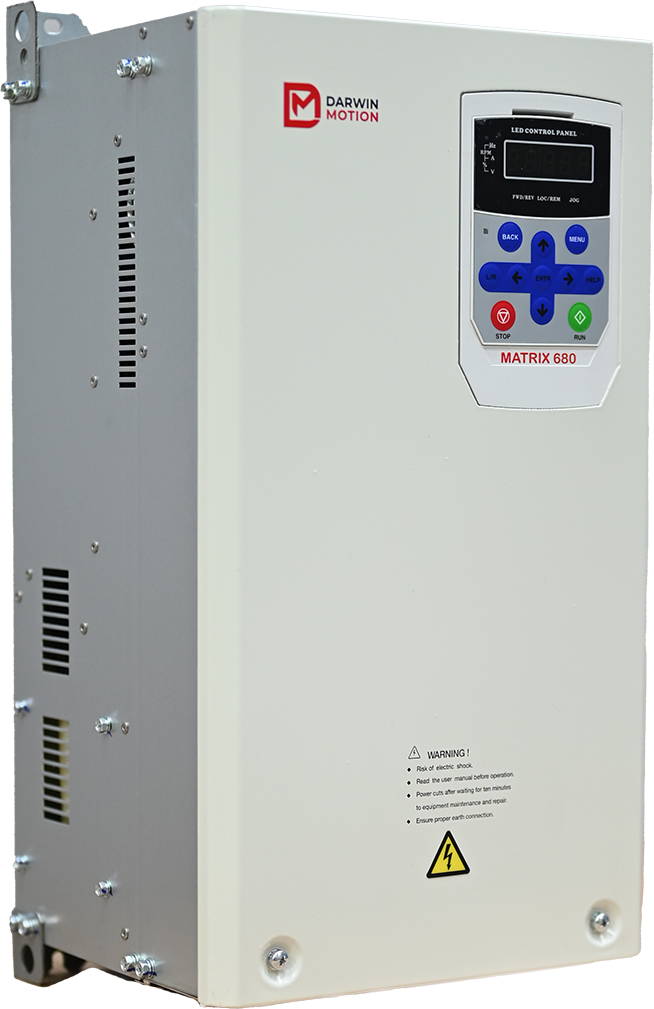Posted on 26th Aug 2024

Variable Frequency Drives (VFDs) have become indispensable in modern industrial applications, offering precise control of motor speed and torque, enhancing energy efficiency, and extending equipment lifespan. However, the selection process for a VFD can be fraught with challenges. Among these, one common problem stands out: mismatched specifications between the VFD and the application requirements.
The most prevalent issue when selecting a ac drive is ensuring that the drive’s specifications align perfectly with the motor and the application’s requirements. This seemingly straightforward task can quickly become complex due to the multitude of factors that must be considered. Failing to match these specifications properly can lead to a range of problems including decreased efficiency, reduced performance, or even damage to the equipment.
Motor Compatibility: VFDs must be compatible with the motor’s voltage, current, and power ratings. Overloading a VFD by choosing one with insufficient capacity can result in overheating and failure, while an oversized VFD may lead to inefficiencies and increased costs. It’s essential to match the VFD’s power rating with the motor’s power requirements accurately.
Application Requirements: Different applications have varying demands. For instance, centrifugal pumps and fans have different torque characteristics compared to conveyors or mixers. A VFD drive must be capable of handling the specific load characteristics of the application, including start-up and operational loads.
Environmental Conditions: VFDs must be chosen based on the environmental conditions in which they will operate. Factors such as temperature, humidity, and the presence of dust or corrosive substances can influence the VFD’s performance and lifespan. Ensuring that the VFD has appropriate environmental ratings and protection levels is crucial for reliable operation.
Control Features: Depending on the complexity of the application, the required control features can vary significantly. Some applications may need advanced control options like PID loops, communication protocols, or multi-motor control capabilities. Selecting a VFD with the necessary control features can significantly impact operational efficiency and ease of use.
Harmonics and Power Quality: VFDs can introduce harmonics into the power system, which can affect the overall power quality and lead to potential issues with other equipment. Considering the impact on harmonics and ensuring that the VFD has appropriate filtering or mitigation features is vital for maintaining system stability.
Installation and Maintenance: The physical size, mounting options, and ease of maintenance are practical considerations that should not be overlooked. Ensuring that the VFD fits within the available space and can be easily accessed for maintenance will save time and reduce operational disruptions.
To avoid the common pitfalls of VFD selection, it’s crucial to engage in a thorough assessment process. This includes:
Detailed Specification Review: Examine both the motor and application requirements in detail to ensure alignment with the VFD’s specifications.
Consultation with Experts: Collaborate with VFD manufacturers or application engineers who can provide insights and recommendations based on their experience and expertise.
Simulation and Testing: Where possible, use simulation tools or conduct trials to verify that the selected VFD meets performance expectations before full-scale deployment.
Selecting the right VFD is essential for achieving optimal performance and efficiency in industrial applications. By paying careful attention to the motor and application requirements, environmental conditions, and control features, and by avoiding common pitfalls, you can ensure a successful VFD selection that enhances system performance and reliability. Careful planning and expert consultation are key to overcoming the challenges and reaping the benefits of advanced Darwin Motion VFD technology.